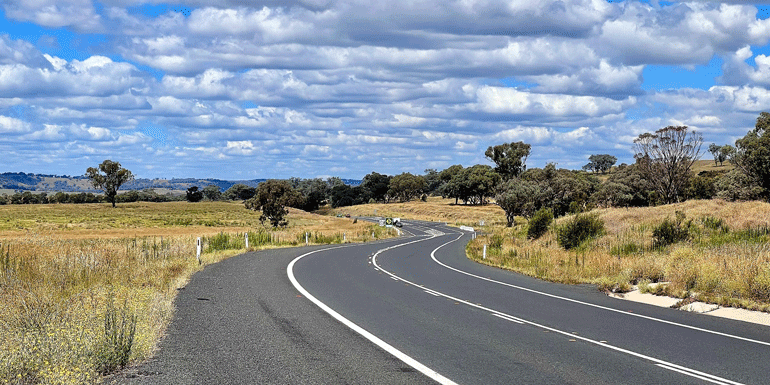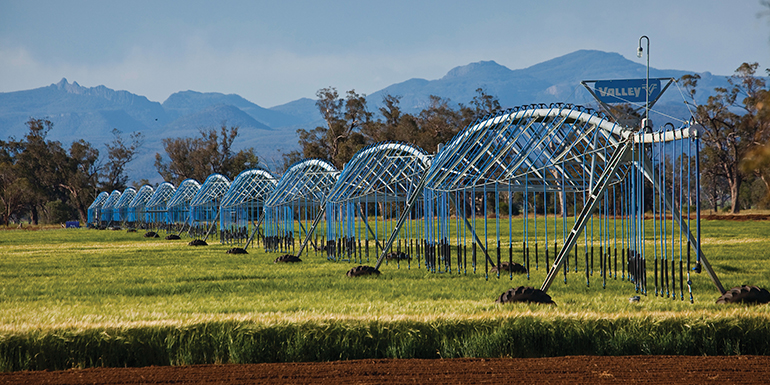Key points
- Each region in NSW is affected differently by climate change. This is because the geography and rainfall patterns across NSW vary, and are influenced differently by a changing climate. It is also because the make up of each local government area in NSW has various demographics, environments and industries with different vulnerabilities.
- The main impacts of climate change affecting NSW councils and authorities are drought, storms and flooding, heatwaves, sea level rise and bushfires.
- Existing infrastructure in NSW, such as roads, stormwater networks and facilities, have been built based on historical sea levels and climate. As a result, they may become damaged due to climate change and need to be replaced, relocated or removed.
- Local councils and authorities need to understand the direct and indirect impacts of climate change, and specific vulnerabilities of their region, before planning how to adapt.
Why councils and authorities need to consider climate change
The climate of NSW is changing. Average temperatures are rising, long-term weather patterns are changing and extreme weather events are increasing in number and severity.
Roads, infrastructure and facilities are often built based on historical sea levels and climate. As a result, they may become damaged due to climate change and need to be replaced, relocated or removed. For example, roads and storm water systems in low-lying coastal areas are likely to become permanently flooded with future sea level rise.
In addition, the existing decision-making tools and information that councils and authorities have traditionally used are becoming outdated, and may no longer be fit for use. Some examples include mapping and spatial information, environmental policies, building zones and design guidelines, engineering guidelines and amenity and asset management policies and procedures.
New climate information and projections continue to improve our understanding of the expected changes in climate and how they will affect communities. As a result, local councils and authorities will need to regularly reassess the changing risk that climate change poses.
Understanding climate change impacts
The main climate-related natural hazards for councils to consider are drought, extreme rainfall, storms and flooding, increased temperatures including more extreme heat and heatwaves, sea level rise and bushfires.
It's important that councils and authorities understand both the direct and indirect impacts of climate change on their operations and services.
For example, drought has direct and indirect impacts:
- a direct impact is reduced water supply, which means councils need to assess integrated water cycle management plans
- an indirect impact is higher costs for infrastructure maintenance and insurance premiums.
Climate projections show that droughts in NSW will be more severe and last longer. This will affect water supply and water quality, result in competing demands for water and stress biodiversity. Other effects of drought include impacts on rural communities, declines in economic activity and tourism and reduced productivity. Drought can also impact livelihoods and affect our physical and mental health.
Climate change is projected to bring more frequent high rainfall events and storms such as east coast lows. Some of these events may be associated with flooding. These events and flooding can damage property, infrastructure and ecosystems, as well as increase insurance costs and cause injury and loss of life.
Climate change is causing increased temperatures and heatwaves. Heatwaves affect health and wellbeing and are responsible for more human deaths than any other natural hazard. Increased temperatures will also stress and damage the natural environment, affect the liveability of urban environments, and impact infrastructure and energy networks.
Sea level rise will cause coastal inundation of low-lying land, which will damage infrastructure, property and farmland and impact low lying storm water infrastructure. Other impacts include coastal erosion, impacts to estuaries, coastal ecosystems and water quality.
Climate change is projected to cause more frequent and intense bushfires. This will increase the risk of living or working in a bushfire-prone area, reduce air-quality, lead to loss of life and cause damage to NSW's unique environments. Increased bushfires will also have impacts to the economy, damage homes and infrastructure, and increase insurance costs.



